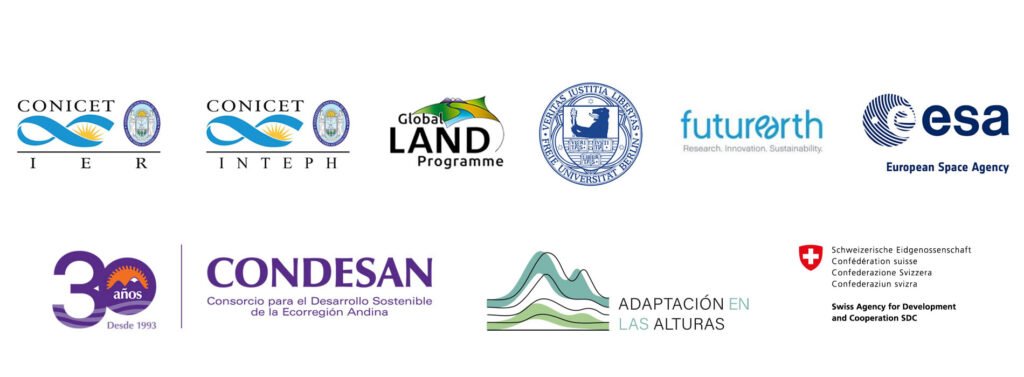
A South-South cooperation network:
integrated monitoring for land management in the Andes
The Socio-Ecological Systems of the Andes sustain the livelihoods of millions of people and are essential to conserve and maintain one of the most biodiverse regions on the planet. In order to understand how they are integrated spatially, what essential factors characterize them and what their vulnerabilities are, it is crucial to monitor their current state on a long-term basis.
The Andean Network of Socio-ecological Observatories (ROSA) integrates existing long-term monitoring efforts in the Andes into a network of observatories and learning sites, in order to generate and share information in a coordinated and efficient manner, joining efforts to identify gaps, make integrated readings of social and ecological changes in the Andes, and link this knowledge to land management and decision-making.
Objectives
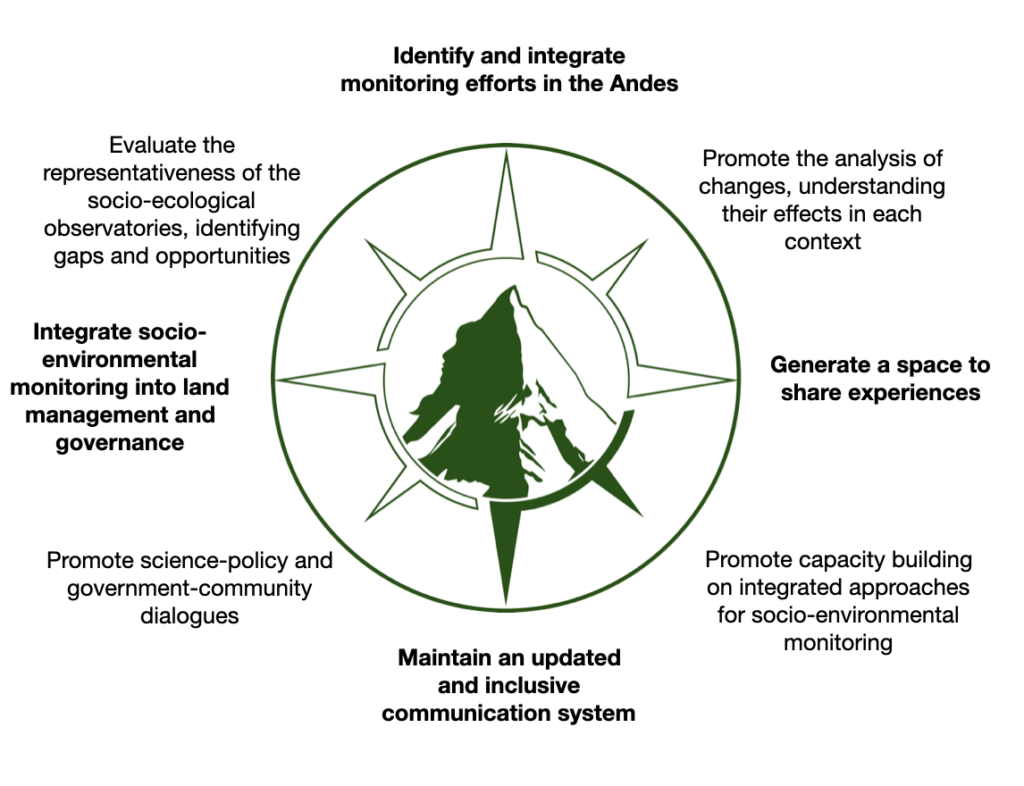
What is a Socio-Ecological System?
It is an integrated system comprising social and ecological components, and the processes of interaction and feedback between them. It includes the physical and biotic environment, human actors, their institutions and governance structures, and the complex dynamics of their relationships.
Understanding these relationships is crucial for the sustainable management of the territory, the conservation of natural resources, and the well-being of the population.
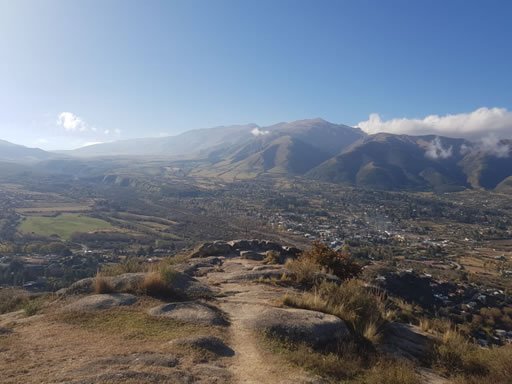
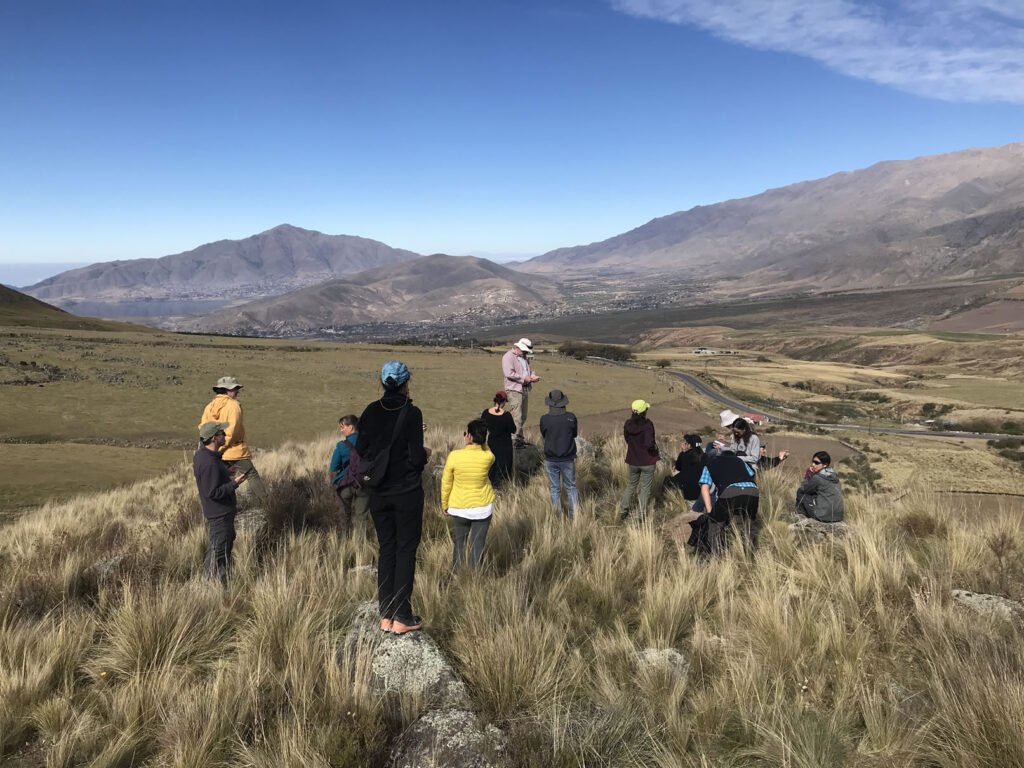
What are monitoring sites?
They are both observatories, where a series of social and environmental variables are monitored, and learning sites, where multiple actors participate, and where monitoring is part of the adaptive management of the territory.
This way, it is hoped that monitoring can answer the questions that society asks about the Socio-Ecological System where it lives, and contribute to understanding how these questions change over time.
How does ROSA work?
Analysis within ROSA is perfomed at various scales: landscape, national, and regional/continental. And for each of them, the proposal is to focus on different types of variables:
- ecological variables and indicators derived from field studies (such as changes in species composition and abundance, climate dynamics and flows, etc.) as well as socioeconomic variables (such as variables that allow us to understand human behavior regarding land use decisions).
- regional indices, derived from remote sensing (such as land cover change)
- national official censuses (for example, for socioeconomic variables)
- information derived from existing global databases / regional analyzes (such as the Human Development Index, calculated by the United Nations Development Programme)
- Board of Directors:
- Julieta Carilla (IER, Tucumán, Argentina)
- Wanderley Ferreira (U. Católica de Cochabamba, Bolivia)
- Tatiana Ojeda Luna (U. Nacional de Loja, Ecuador)
- Facilitators:
- María Piquer (Freie Universiät Berlin)
- Luis Daniel Llambí (CONDESAN)
- Patricia Breuer (C+ de la Univ. del Desarrollo, Santiago, Chile)
- Lazlo Nagi (U. de Campinas, Brasil)
- Ricardo Grau (IER, Tucumán, Argentina)
- With support from:
- Instituto de Ecología Regional (IER, UNT-CONICET)
- Instituto de Investigaciones Territoriales y Tecnológicas para la Producción del Hábitat (INTEPH)
- Instituto de Geografía de la Freie Universität Berlín (FUB)
- CONDESAN
- Global Land Programme (Latin America Nodal Office)
- European Spatial Agency (ESA) – Future Earth (FE)
- Nodal observatories:
- Instituto de Ecología Regional (IER, UNT-CONICET), Tucumán, ARGENTINA.
- Centro de Investigación de Tecnologías para la Sociedad (C+) – Universidad del Desarrollo (UDD), Cajón del Maipo y Lo Barnechea, CHILE.
- Universidad Católica Boliviana, Cochabamba, BOLIVIA.
- CONDESAN, Tupicocha, PERÚ
- Universidad Nacional de Loja, Loja, ECUADOR.
- Universidad de Las Américas (UDLA) & CONDESAN, Chocó Andino, ECUADOR.
- Universidad de Los Andes & CONDESAN, Cordillera de Mérida, VENEZUELA.
- Facilitating institutions:
- Instituto de Ecología Regional (IER, UNT-CONICET).
- Instituto de Geografía de la Freie Universität Berlín (FUB).
- CONDESAN.
- Centro de Investigación de Tecnologías para la Sociedad (C+) – Universidad del Desarrollo (UDD)
- Unicamp, Brasil.
- Collaborators:
- Fundación Proyungas
- Gobiernos municipales y provinciales de Tucumán, ARG
- Ministerio de Medio Ambiente de Chile
- Kew Garden, UK
• Zarbá et al., 2022. Mapping and characterizing social-ecological land systems of South America. Ecology and Society 27(2):27. https://doi.org/10.5751/ES-13066-270227
• Carilla et al., 2023. Red de Observatorios Socio-ecológicos para los Andes (ROSA). Propuesta para el establecimiento de una red andina de observatorios que integre los esfuerzos de monitoreo de la región. IER, UNT-CONICET,FUB, INTEPH, UNT-CONICET, CONDESAN.
• Carilla et al. 2023, “Long-Term Environmental and Social Monitoring in the Andes: State of the Art, Knowledge Gaps, and Priorities for an Integrated Agenda”, Mountain Research and Development, Vol 43, No 2.
- Talleres virtuales: – 17 de marzo 2023 -Presentación de mapas preliminares de los Sistemas Territoriales Socio- Ecológicos (SELS) andinos ROSA 1st workshop report – 14 de abril 2023 -Experiencias previas de redes de observatorios existentes y discusión sobre la creación de la Red de Observatorios Socio-ecológicos de los Andes ROSA 2nd workshop report
- Taller de Tucumán – 15 al 20 de mayo 2023, Tucumán, Argentina. Discusión de estrategias para la consolidación de la red, fomentar la colaboración entre miembros y priorizar las líneas de investigación en función a los desafíos socio- ecológicos identificados Face to face workshop report
- Seminario web – 28 de junio 2023. Presentación de la Red, y de los productos derivados de los Talleres
- Institutions
- Monitoring Networks
Social impact on ecosystems
Social impact on ecosystems
ROSA's macro question is how socioeconomic trends that impact land uses have effects on biodiversity, ecosystem services, and human well-being. From this macro question, other questions will arise from the different nodes: the learning sites and observatories that will be distributed in different areas of the Andean region.
Integrated and continental vision
Integrated and continental vision
The aim is to integrate social, environmental, economic and political components to the environmental and biophysical monitoring that is already being done in the region. On the one hand, to analyze the processes of change, social, economic, and land use, and on the other, to facilitate their effective integration into decision-making and land management. ROSA seeks a more continental view of climate processes and land use, one that can be translated into cohesive policies for the joint development of the Andean countries.
The importance of networking
The importance of networking
The Andes mountain range spans a large number of countries and diverse cultures, providing a multiplicity of biodiversity systems and ecosystem services to society. A regional analysis will allow to understand the factors that produce changes in society, and how they impact these ecosystem services and the Andean socio-ecological systems in general. A network makes it possible to go beyond the local scale, and at the same time, to take into account the heterogeneity that characterizes the Andes.
Medium and long-term monitoring
Medium and long-term monitoring
Long-term monitoring is a challenge because the results are not seen immediately, but it is essential since the impacts of climate change take time to be reflected in changes in vegetation, ecosystem processes, water regulation, or carbon accumulation, among other cycles. Medium- and long-term monitoring provides a broader view of the landscape and how it is affected by changes in land use or political and cultural processes in the territory. It is important to communicate the results, so that the different actors involved in land management see their usefulness, participate more actively, and can observe how changes resulting from climate change and land use are linked to changes in governance and political processes. All this requires time, and hence the importance of having learning sites.
News
Publications
Contact
- Julieta Carilla
- julietacarilla@gmail.com
- Wanderley Ferreira
- wferreira@ucb.edu.bo
- Tatiana Ojeda Luna
- tatiana.oluna@unl.edu.ec
